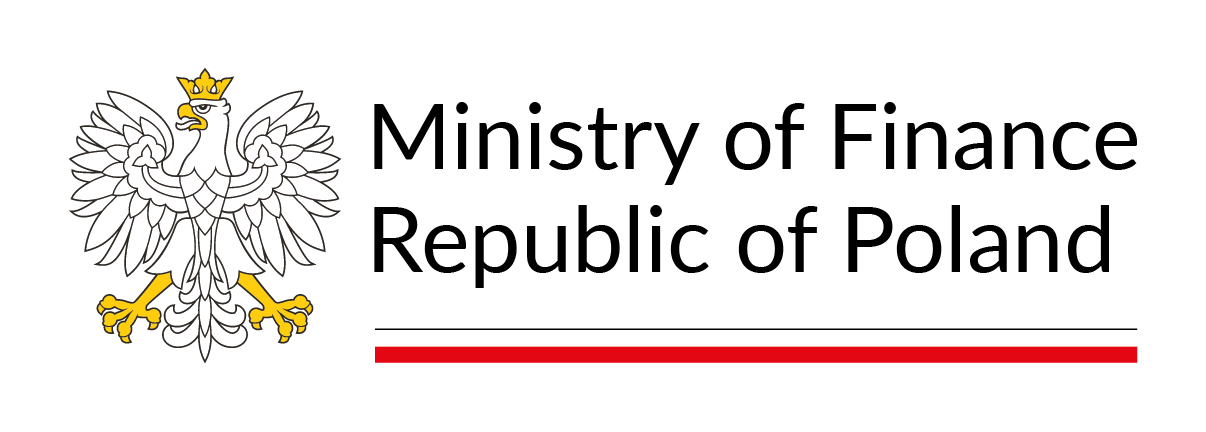No 38-2019, K. Konopczak: Quantification of changes in the VAT gap: an econometric approach
This article proposes an alternative methodology for estimating changes in the VAT gap that allows for their timely (quarterly) monitoring. It combines two traditions of tax modelling: calculating a discrepancy between theoretical tax liabilities and the amount of tax actually collected, as well as estimating elasticities of tax revenues. In this approach the VAT gap trajectory is associated with a changing elasticity of actual tax revenues with respect to theoretical revenues (or, equivalently, the elasticity of actual revenues corrected for changes in the tax system with respect to the tax base). The method was used to estimate changes in the VAT gap in Poland in years 2016 through 2018. The obtained results indicate that the gap decreased by approximately 21 billion PLN, which accounted for almost half of the increase in VAT revenues during that period. In percentage terms, the gap has narrowed from 20.8% in 2016 (European Commission, 2018) to below 10% at the end of 2018.
Materials
MF Working Papers No 38-2019MF_WP_No_382019.pdf 1.48MB
